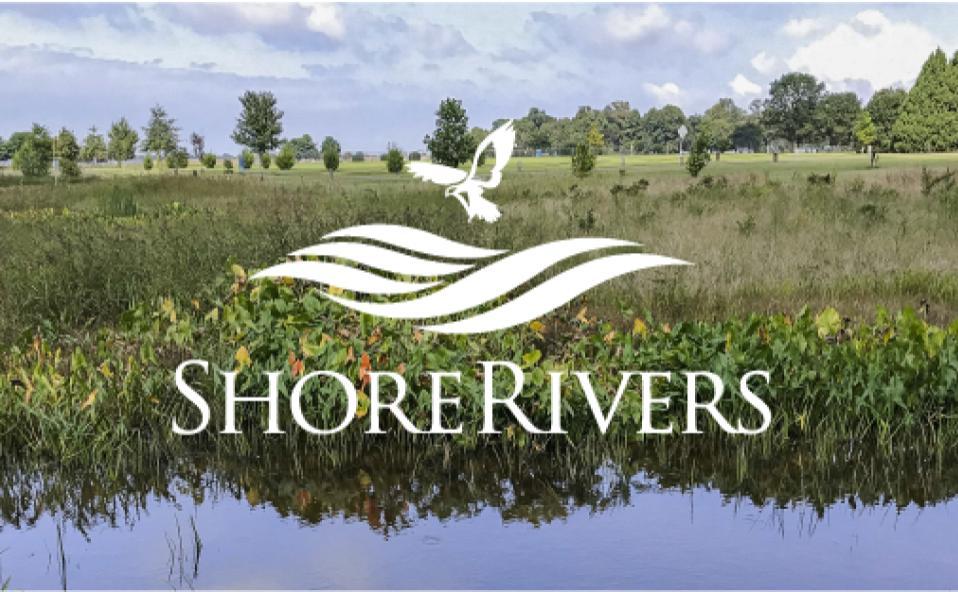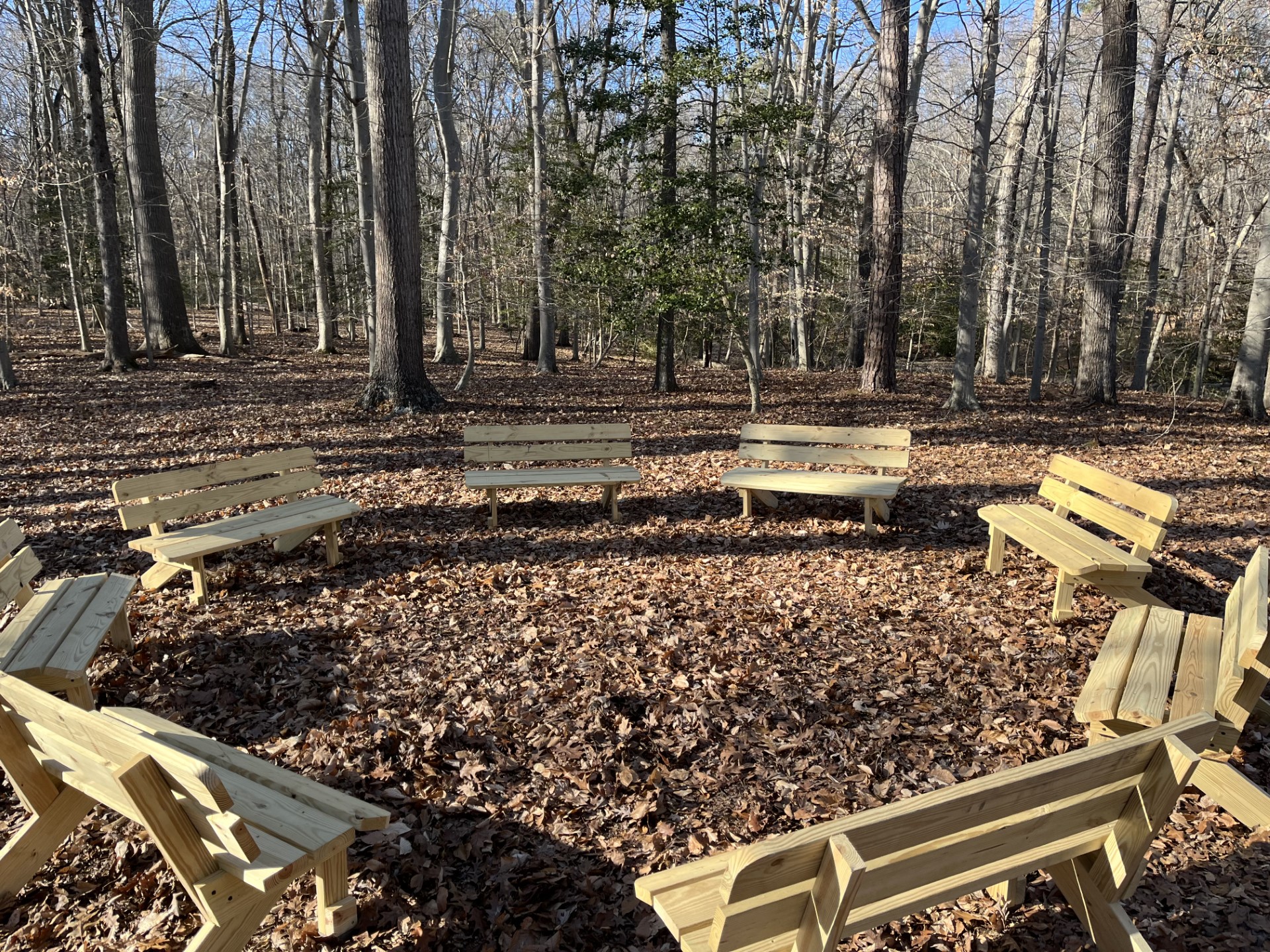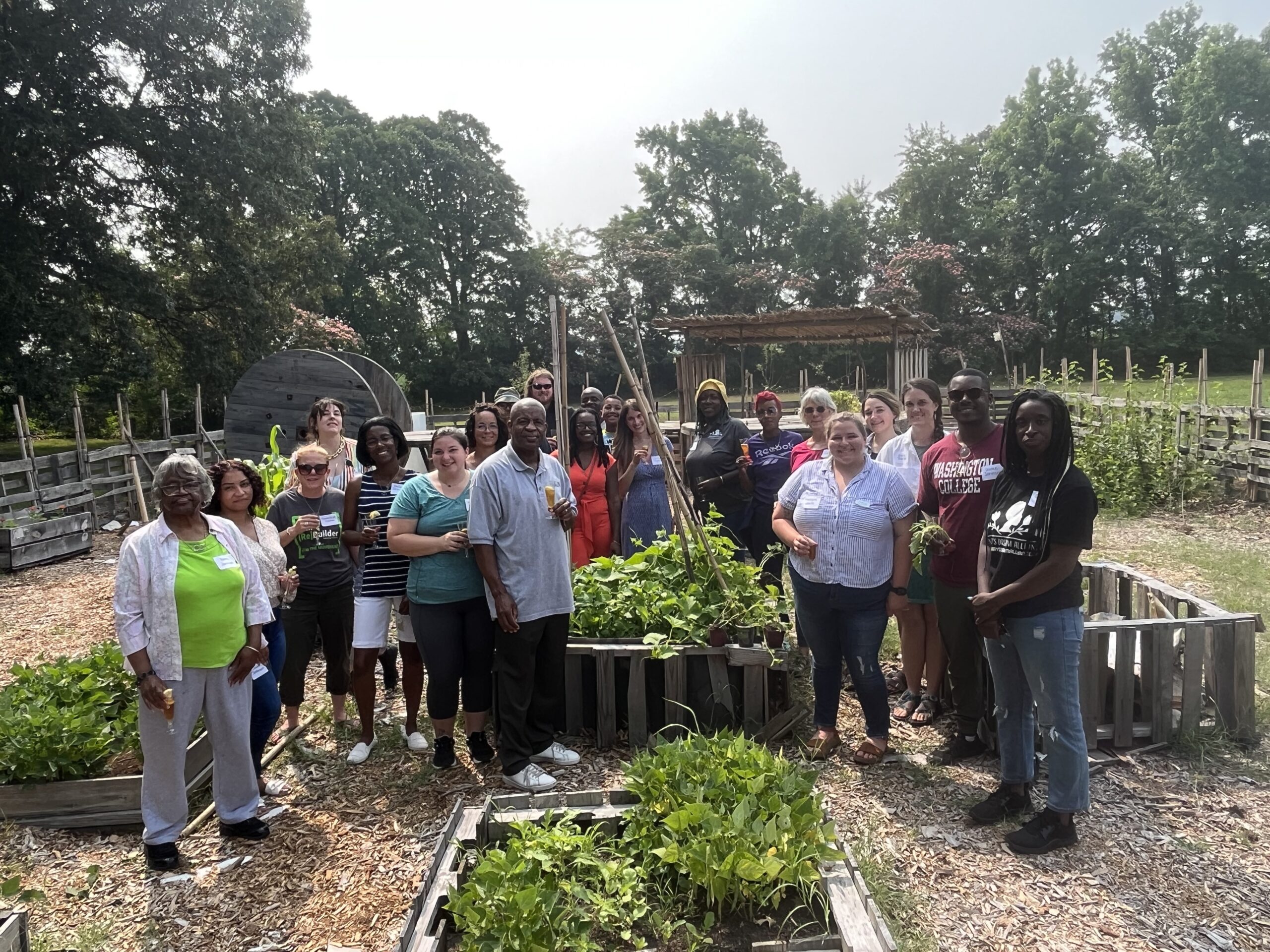
ShoreRivers’ 2023 summer interns gained hands-on experience in everything from soil sampling in farm fields to processing submerged aquatic vegetation using ShoreRivers’ turbulator. To learn more about what type of projects you’ll take on as a summer intern, visit here.
ShoreRivers is currently accepting applications from college students and recent graduates for its Easton-based Elizabeth Brown Memorial Summer Internship.
The selected intern will gain experience in a variety of activities including restoration, water quality monitoring, outreach, enforcement, and education. They will also be trained in scientific water quality monitoring equipment and protocols, complete a Maryland boater safety certification, become familiar with handling a boat, and gain many other skills and professional experiences. The internship runs for a minimum of 10 weeks between May and August, and provides a $5,000 stipend.
Programmatic work for this internship, supported by the Elizabeth Brown Memorial Fund at ShoreRivers, will be conducted primarily in the Choptank, Miles, and Wye river watersheds, with some travel throughout the entire ShoreRivers region. Elizabeth Brown was ShoreRivers’ 2015–2016 Chesapeake Conservation Corps member. She was dedicated to clean water, engaging others with their rivers, and serving as an environmental steward in every way. She brought enthusiasm and joy to every task. Contributions in honor of Elizabeth go toward her legacy of caring for local rivers by supporting the next generation of environmental stewards through this internship program.
“As an intern at ShoreRivers, I got to do a little bit of everything. I helped with tree plantings, spoke with and worked alongside community volunteers, assisted with bacteria and water quality monitoring, hosted education programs, and even testified at a county commissioners meeting. There are very few other internships out there that would allow so many different experiences in one summer,” said 2022 intern Maegan White, now ShoreRivers’ Community Engagement Coordinator. “Interning at ShoreRivers gave me clarity and excitement to start my environmental career after graduation. I felt prepared and confident in the field, had hands-on experience, and found a new love for the area. Thanks to the incredible experiences I had with this internship, I now view Chesapeake as my home.”
Applicants should be a rising college junior or senior, or recent college graduate. Degrees in biology, environmental science, or related fields are encouraged. To apply, please email a resume and cover letter to [email protected] by January 31. Interviews will be conducted by Zoom in February and March and an intern will be selected and notified no later than February 28.
Applicants are encouraged to visit shorerivers.org prior to applying to learn more about the organization’s programs.










